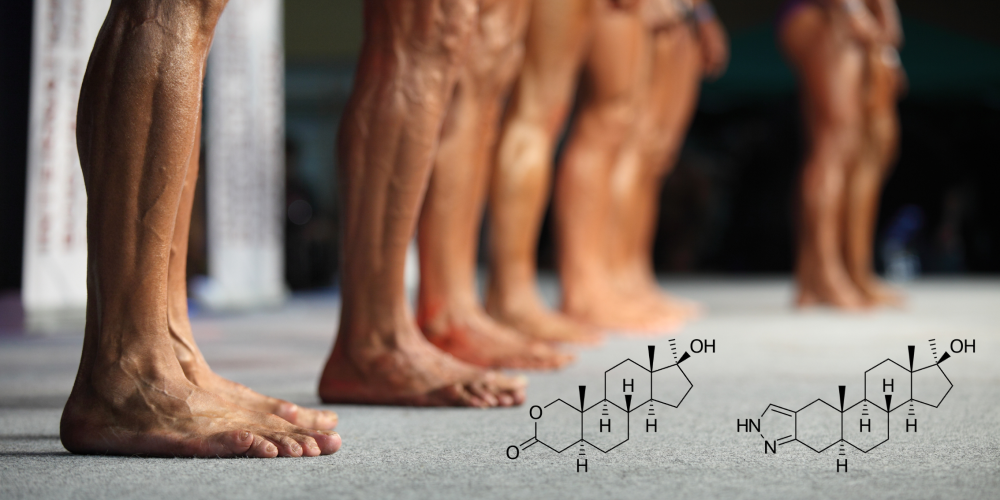Gene editing and bodybuilding: a glimpse into the future of custom muscle growth
As gene-editing technologies advance, the field of bodybuilding is thrilled to see the game-changing possibilities for customized muscle growth and recovery. CRISPR and other editing tools offer potential for targeted genetic enhancements that go beyond traditional training, nutrition and even traditional performance enhancing drugs. Imagine a future where muscles grow faster and bigger, injuries heal quicker, and body composition is naturally leaner. Genetic editing could make this a reality.
The 3 main ways to revolutionize bodybuilding
But how could gene editing revolutionize bodybuilding? The possibilities are really diverse, but the 3 main ways we can think of right off the bat are:
Muscle hypertrophy
Muscle growth is largely limited by the gene myostatin, which regulates how much overall muscle an individual can build. By targeting and reducing the activity of this gene throughout the body, researchers have seen substantial muscle hypertrophy in animal studies, with similar potential for humans. Editing myostatin expression could open doors to unmatched muscle size and density, and even lead to a body composition that naturally resists fat gain;
Recovery and injury
Muscle recovery and injury resistance are partly controlled by genes related to inflammation and collagen production. CRISPR technology could allow for editing these genes, reducing inflammation after intense workouts and strengthening connective tissue such as tendons and ligaments. Athletes could recover from intense sessions with far fewer injuries, transforming their training capacity;
Body composition
Genes such as PPARγ and UCP1 regulate fat storage and utilization. Modifying these genes could make it easier to maintain a lean physique without as intense dieting or restrictive calorie intake, significantly changing the cutting and bulking processes by allowing bodybuilders to gain muscle while remaining lean year-round.
Scientific challenges
Additionally, there are a few practical and scientific challenges with gene-editing therapies, of which we can highlight the two following:
Gene interaction
The body’s genetic makeup is highly interconnected, and altering one gene could significantly impact others and produce some unforeseen effects;
Delivery methods
Effective, targeted delivery of gene-editing technology in humans remains a significant challenge to this day in time.
While gene editing is scientifically promising, it introduces significant ethical questions in competitive sports. Altering DNA for enhanced performance could create an unfair playing field, as access to gene editing may be limited to some. Additionally, the long-term health risks of genetic modification are not fully understood yet, and changing DNA could lead to unforeseen side effects, impacting future generations.
All in all, though gene editing for performance enhancement remains in experimental stages, it offers exciting expectations for the future of bodybuilding and fitness. This technology could redefine training and dieting, enabling a new era of physical potential beyond current limits even for enhanced athletes. If gene editing ever becomes truly practical and safe, bodybuilding may evolve from a sport dependent on extreme physical discipline to one deeply correlated with biotechnology, where genetics are designed to fit an athlete’s desired physique and performance goals. However, as scientists and ethicists continue to debate these technologies, the world of fitness must decide if it’s ready for this extreme change in how we build and enhance the human body.









